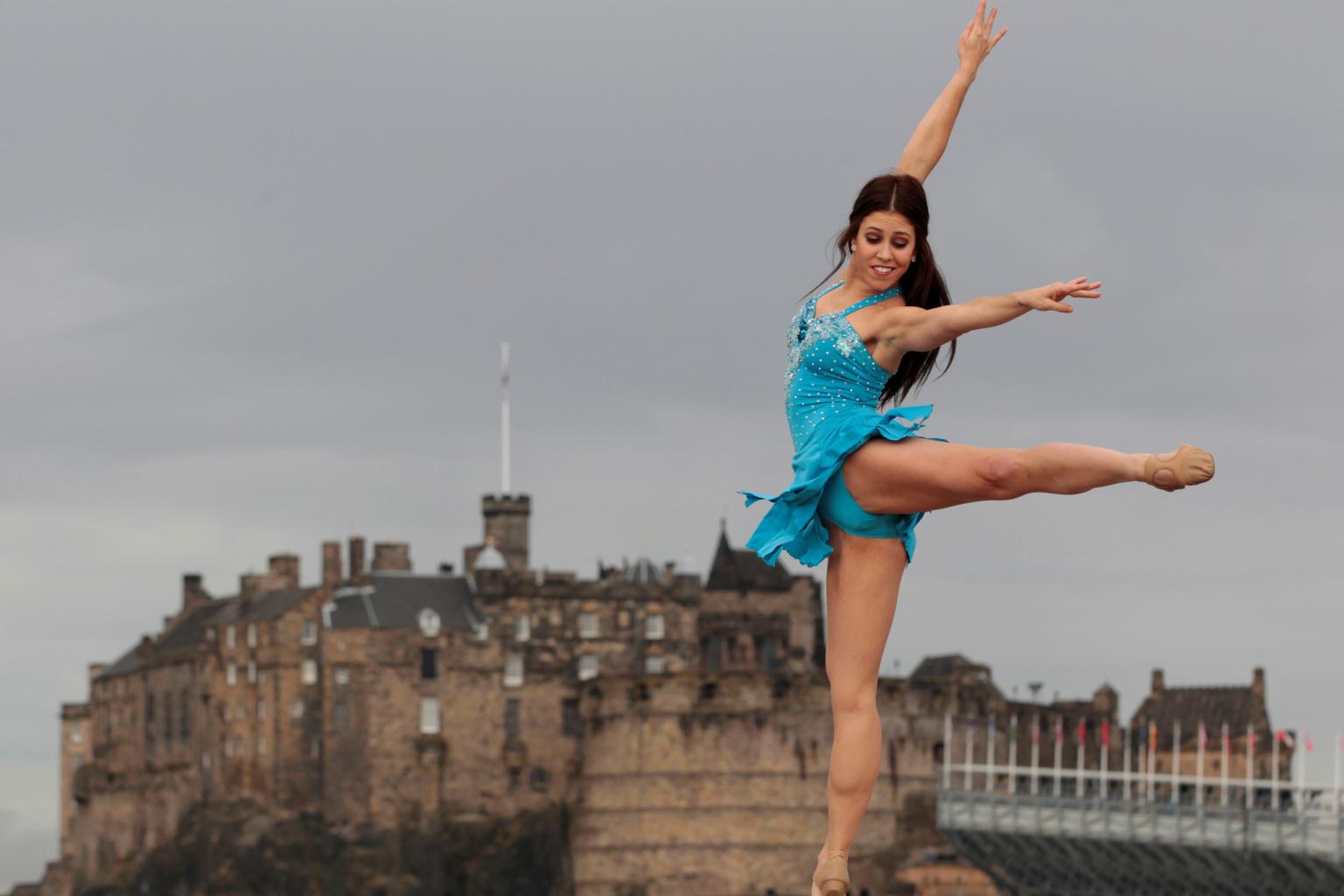Edinburgh Fringe returns, and smaller may be better
Sign up now: Get ST's newsletters delivered to your inbox

While theatre and comedy make up most of its programme, the Fringe has expanded over the years to embrace a broad range of acts.
PHOTO: REUTERS
Follow topic:
EDINBURGH (NYTIMES) - Before the pandemic, the Edinburgh Fringe, which opened on Aug 6 and runs till Aug 30, was surpassed only by the Olympics and the soccer World Cup in terms of audience size.
In 2019, the event sold more than three million tickets for 3,841 shows at 323 venues - an increase of 31 per cent in five years. Independent researchers estimated that it generated around US$1.4 billion (S$1.9 billion) for Scotland's economy.
But after last year's event was cancelled, the Fringe was plunged into financial peril. A tentative comeback this year, buoyed by a US$1.4 million government bailout, will see fewer than 850 shows presented - a third of them online.
Uncertainty around the easing of coronavirus restrictions in Scotland, where limits on audience sizes were in place until Aug 9, seems to have kept performers and spectators away.
This year's slim, yet typically weird and wonderful, programme features stand-up comics like Daniel Sloss and Jason Byrne; a choral drama about migration staged on an out-of-town beach; and an educational walking tour, led by a pelvic physiotherapist, titled Viva Your Vulva.
Set up in 1947 as a free-spirited alternative to the highbrow Edinburgh International Festival, the Fringe is built on the principle of open access for performers, meaning any act that pays a registration fee can present a show. It is one of several major festivals that take place in Edinburgh in August, but it is by far the largest.
For some in a city with a population of only around 500,000, a break from the Fringe last year, followed by a much smaller festival this year, has been welcomed.
Home care manager Shulah Stewart, 35, said last year's cancellation gave locals "an opportunity to just enjoy the city in summer, in a way that they can't ordinarily".
And even the event's organisers say it had become too big.
Ms Shona McCarthy, chief executive of the Fringe's coordinating body, said "some kind of regulation" of the event's open-access policy could be considered for future editions.
While theatre and comedy make up most of its programme, the Fringe has expanded over the years to embrace a broad range of acts. Ms McCarthy said some items on the schedule - like open-top bus tours and wine tastings - stretched the definition of performing arts, adding that the Fringe needs to "be brave" and question why such events have become a huge part of the festival.
Yet the owners of Underbelly, an events producer that runs some of the Fringe's busiest venues, said a move away from the open-access policy would hamper the event's fragile recovery.
As soon as the Fringe became closed access, then a new fringe would just start up alongside it," said Mr Charlie Wood, an Underbelly director. "No one can control the festival. It's organic."
Mr Ed Bartlam, his business partner, said many locals' criticism of the Fringe's size was based on an "urban myth" that the event was primarily for people from outside Edinburgh and Scotland.
According to a Fringe spokesman, people from Scotland made up more than half of the audience members at the 2019 event, Edinburgh residents around 35 per cent and about 7 per cent came from outside Britain.
Ms McCarthy said the digital hybrid model for this year's festival, with a mix of online and in-person events, would remain for future editions so that audiences and performers could take part "without necessarily having to travel here".

